Photo:
The installation of solar panels on the roof of the new Belmont Middle and High School will stay on the builder’s “to do” list … for now.
While the
At a civil but still contentious meeting held last week at the Belmont Gallery of Art, solar supporters including residents and many students clashed with several members of the building committee who the previous week advanced a plan using the $2.9 million set aside for roof solar arrays to close a $19 million deficit laid out in the second value engineering
After the previous meeting, the committee experienced push back on removing PV cells from environmentalists and local supporters of zero net energy. Before and during the early morning meeting last week, more than 50 residents and students came holding signs and distributing a fact sheet that contends solar arrays more than pays for itself by reducing energy costs by $170,000 annually.
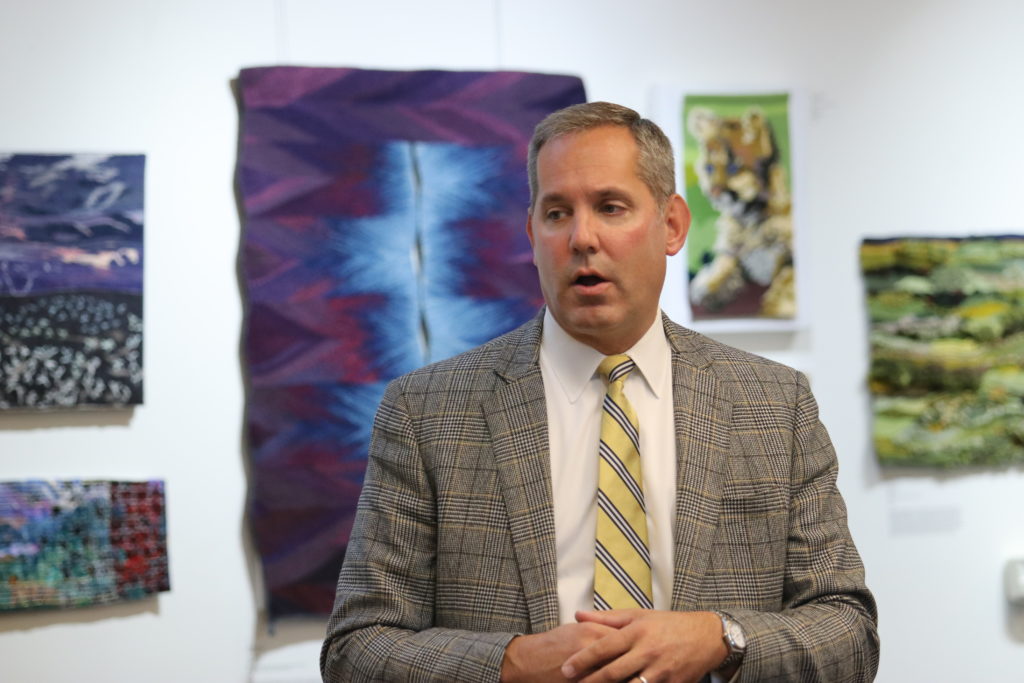
Committee Chair Bill Lovallo began last week’s meeting with an overview of the $295 million project reaching one of the committee’s goals of constructing a “high-performance building” that uses non-fossil fuel sources, innovated designs and automation resulting in the school being net-zero energy ready. Lovallo said even without PV panels, the building’s design that includes geothermal wells and other energy-efficient technologies, is “nothing like something that exists in Belmont … or what MSBA has in design now.”
But with the project’s budget set in stone, questions of what expense items are necessary to meet the teaching and learning mission of the school said Lovallo. And that may necessitate reducing the number of solar panels on the roof to save other items that residents are not advocating.
“I am for PV cells. We promised that. But we have to keep in mind that other costs are just as important,” said Lovallo.
Those campaigning to delay solar installation contend the move would close the deficit while preserving threatened educational programs such as classroom equipment and not scrimp on the quality of building material.
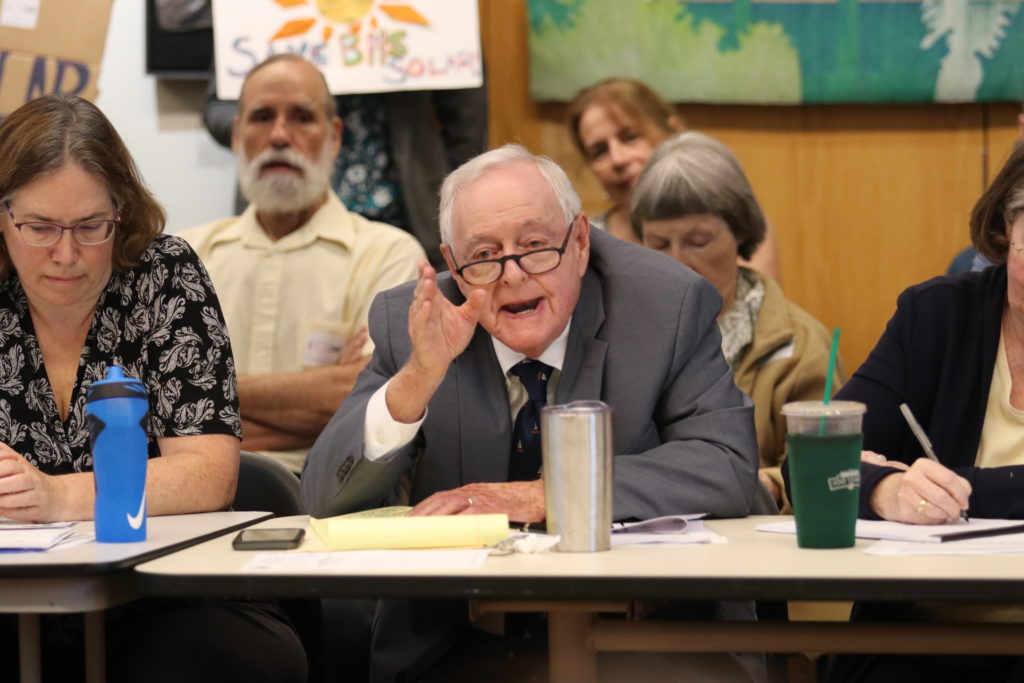
“We heard a lot about the promise that this building would have solar on the roof and that’s absolutely true,” said Bob McLaughlin, who spearheaded the drive to reinvest funds set aside for solar to restore interior items taken out. “But the mother of all promises, however, is that we will build a
He believes panels can return as a post opening project which would be have the support of town meeting and will likely see a marked decrease in overall cost due to innovation and technological changes.
“There are so many things you have to do now [including tiles, flooring, and lighting]. And if they don’t get done now, they’ll never get done,” said McLaughlin. And solar’s $3 million can restore a great number of important items, he noted.
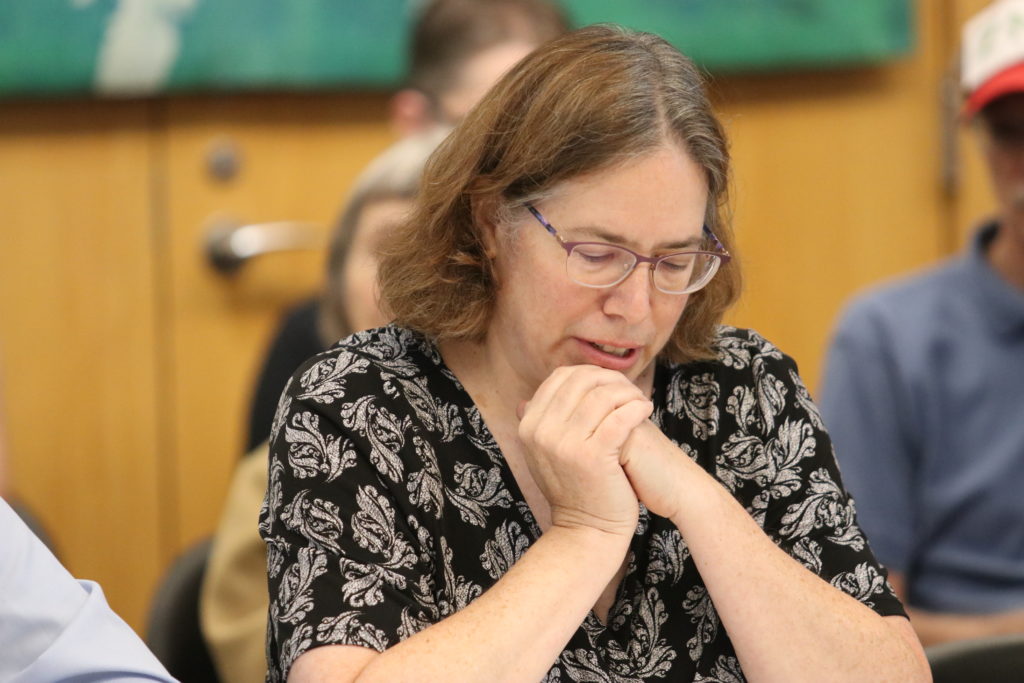
Committee member Ellen Schreiber countered McLaughlin’s suggestion of Town Meeting involvement as a step too far for taxpayers to take.
“I think that we have a pact that we made with the voters. And I think it’s very easy to say right now we’ll take that to [the meeting] because the next time we ask for something they won’t believe us,” she said.
Speaking in favor of retaining the panels in the construction budget, Belmont High senior Madeline Kitch – who helped bring out students to the first value engineering process in May and last week collected more than 200 signatures from high school students in support of the PV cells – said that “truthfully, I don’t have to be here. I refuse to believe that you don’t know the right choice because the very fact that you’re here is a demonstration of your investment in education and your investment in the future.”
“I can’t believe that you can’t see that the world is changing,” she told the committee. “In our time, we’re faced with incredible opportunities. We face decisions much like these, ones that dictate the lives of future generations who, I hope, will look back proudly and say to our faces about a vote much bigger than school and the community,” said Kitch.
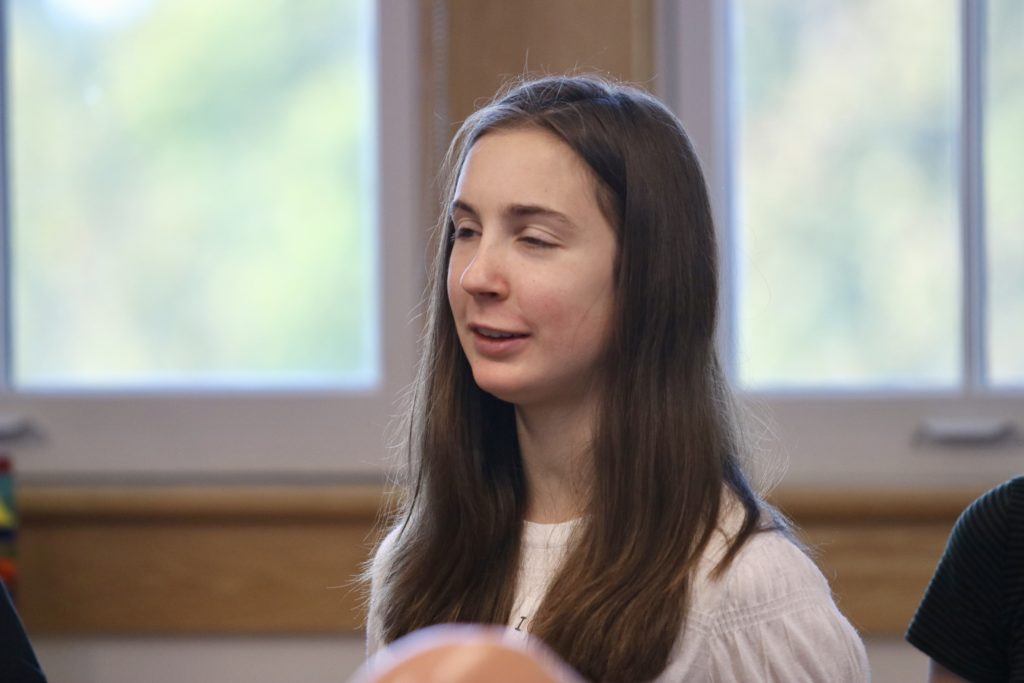
After the speeches and presentations the meeting moved the to the heart of the matter: examining 85 large expense line items selected by the building’s design team in which the committee either placed in the “it’s cut” category, the “under discussion” column and a subset of expenses which should be rebid in an attempt to generate more savings.
Many of the decisions had been determined during the first three value engineering meetings. Some were “easy” such as changing the base of the building from cement to masonry, reducing the ceiling finishes and casework in classrooms and simplify the audio playback system.
Others expenses that were “under discussion” were reconsidered such as removing skylights – it will now just be reduced in size – while town officials said they would reject the idea of trading asphalt curbing for granite.
By the end of the meeting, the arrays costs – having been separated into two line items totaling $1.2 million – were not touched. By the end of the meeting, the committee was within $150,000 to its goal of reducing the total cost by $19.2 million.
But Lovallo said discussions on PV cells and other large expense items will most likely be discussed in November as the Building Committee will conduct a third value engineering exercise, on 90 percent of its construction documents, which could reveal another shortfall, all at a time when the project’s contingency fund has been reduced from $19 million at the start of the project to about $7 million today.
Another area that the design team believes savings and be found is through the creation of a “relief valve” account which are accepted bid alternates of many big-ticket items.
But it’s likely that solar panels will be high on the list of expenses that will be forward to a “release valve” account which is a list of expenses that will be rebid. One example Lovallo suggested – to wide approval from the committee – is to remove the operable windows throughout the building “which we could do if the numbers are not looking good” with the budget. Another item could be the PV cells, either looking about both line items or just one while delaying the other.
In addition, the solar panels will be the final item put out to bid in 2023, said Lovallo, “so we have a long way to go to keep that money [in the budget] but there are a lot of things that are going to happen before then.”
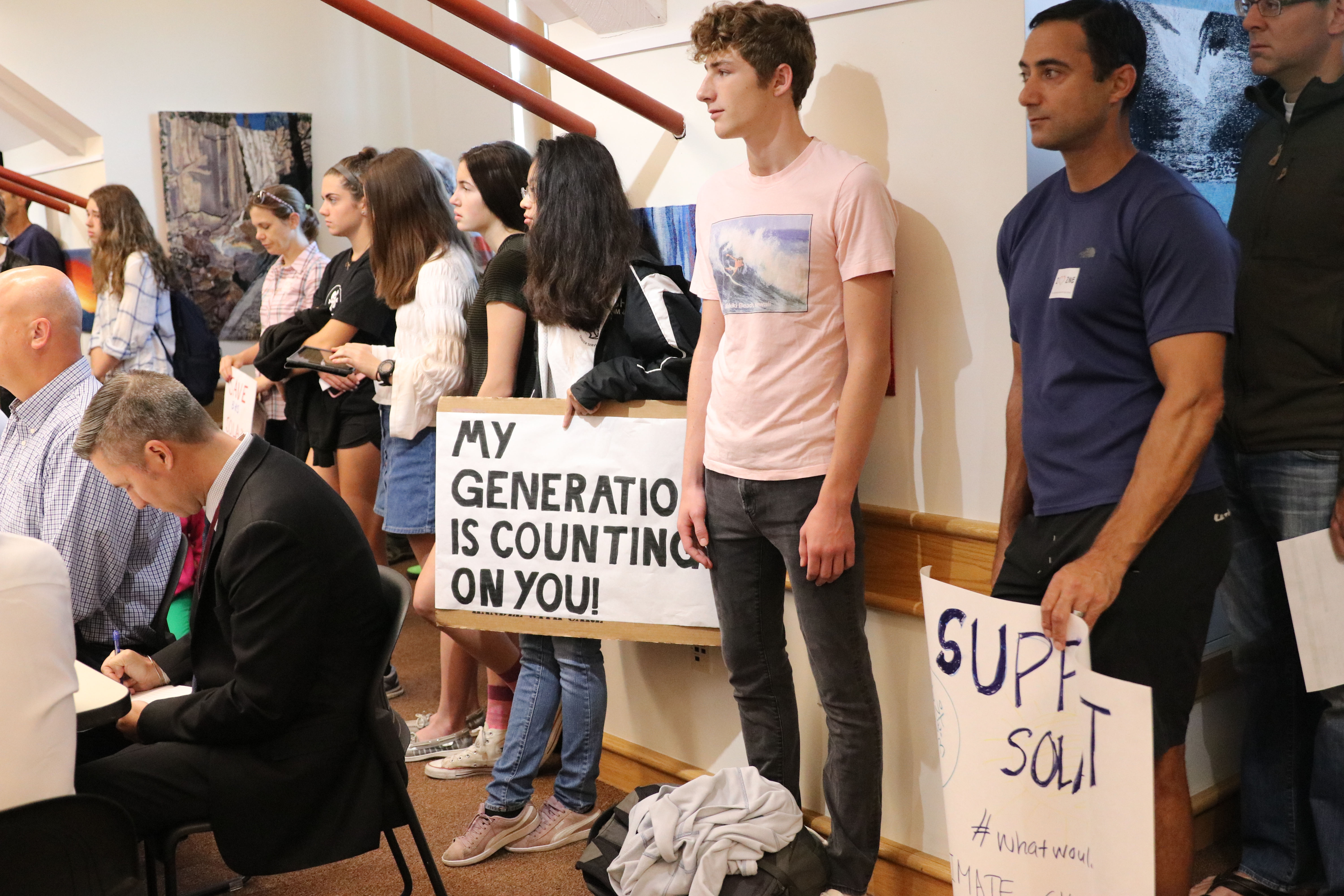

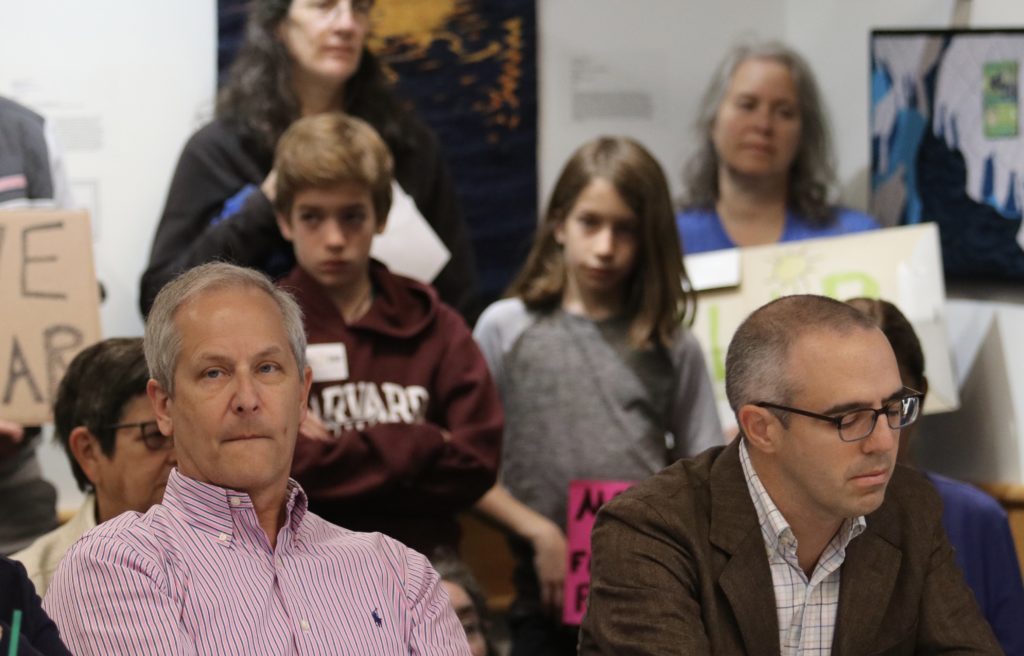
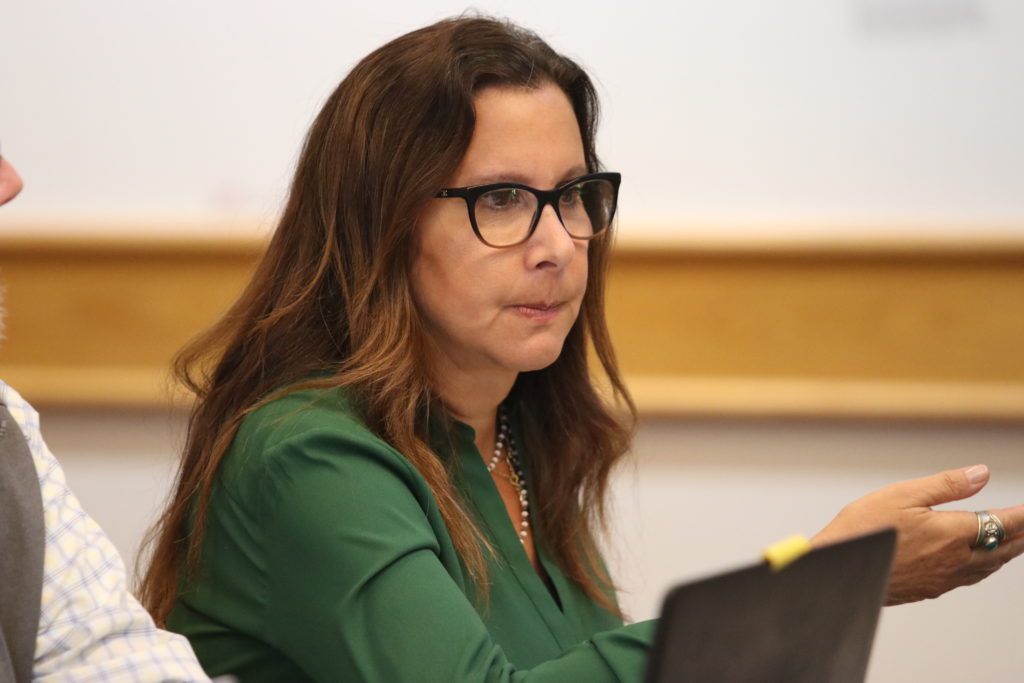







Leave a Review or Comment